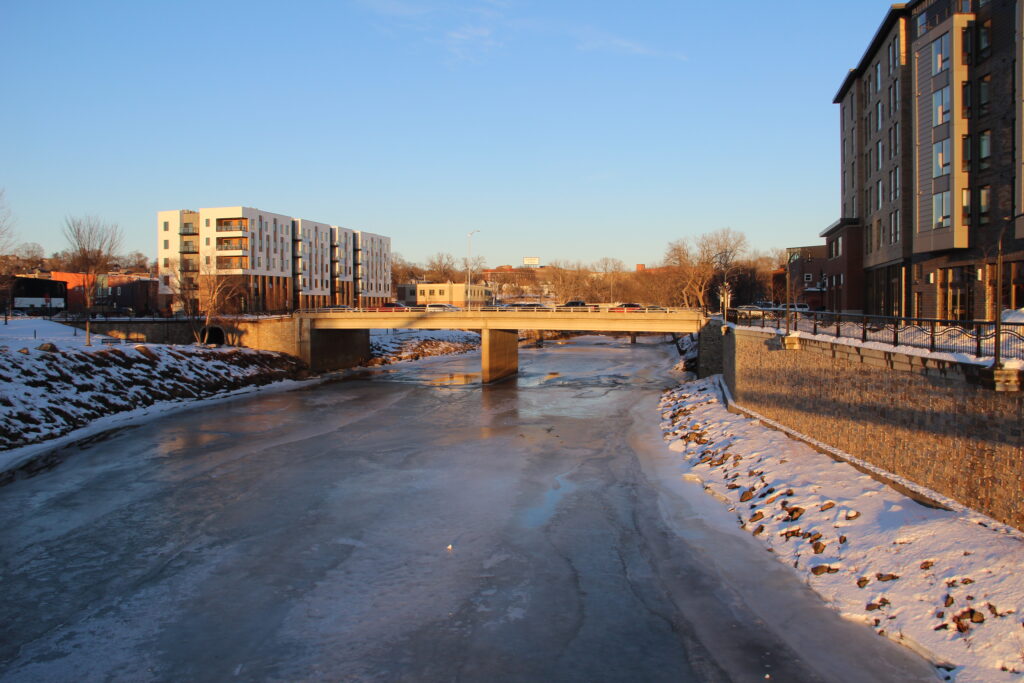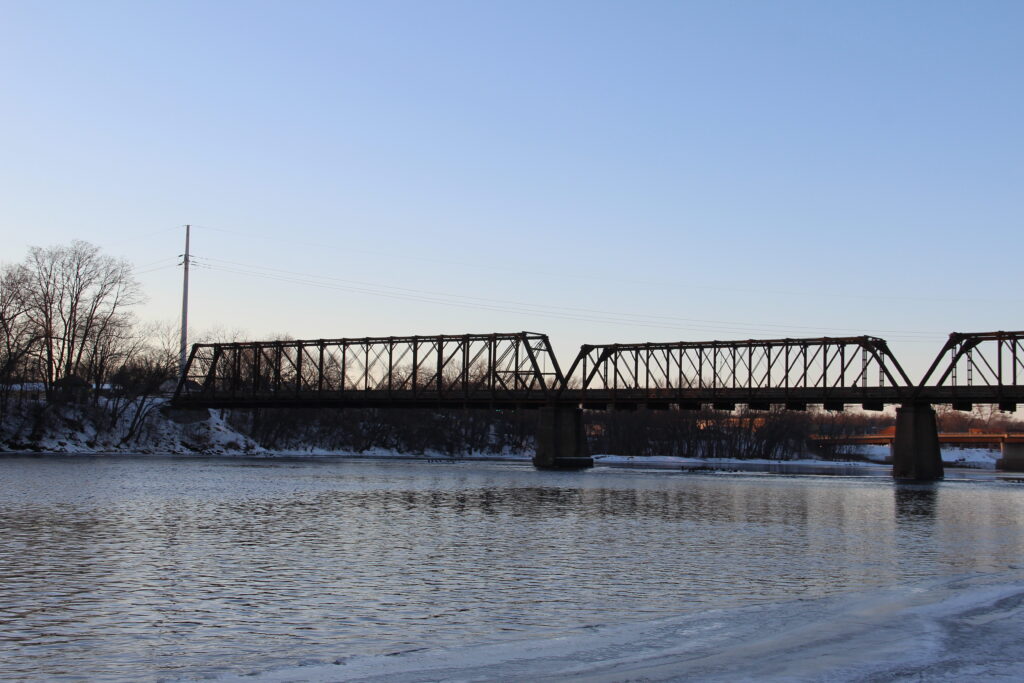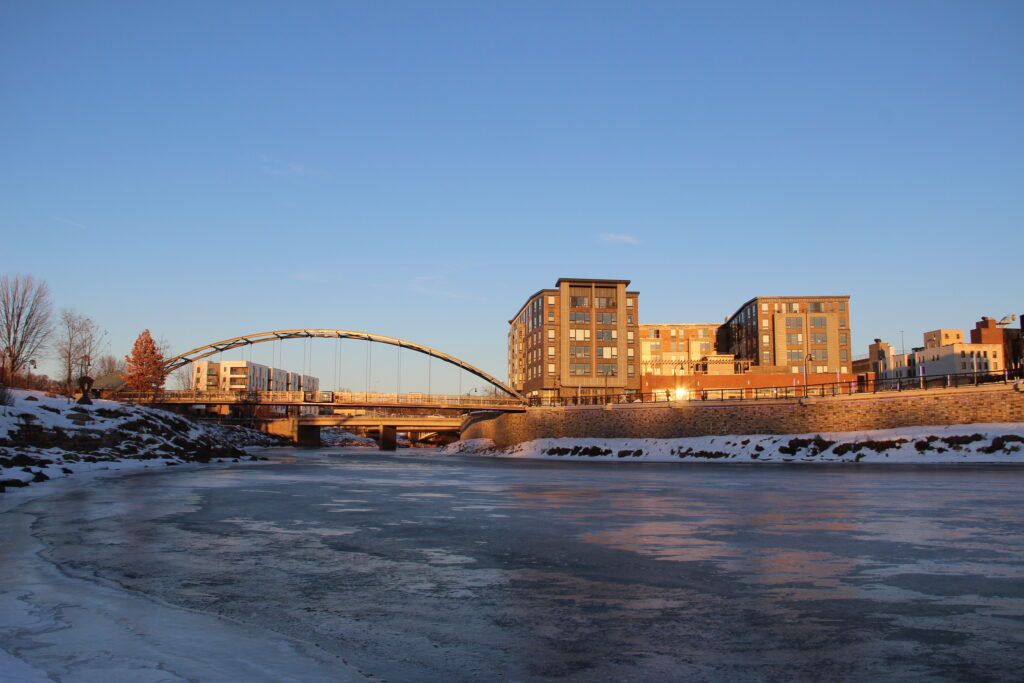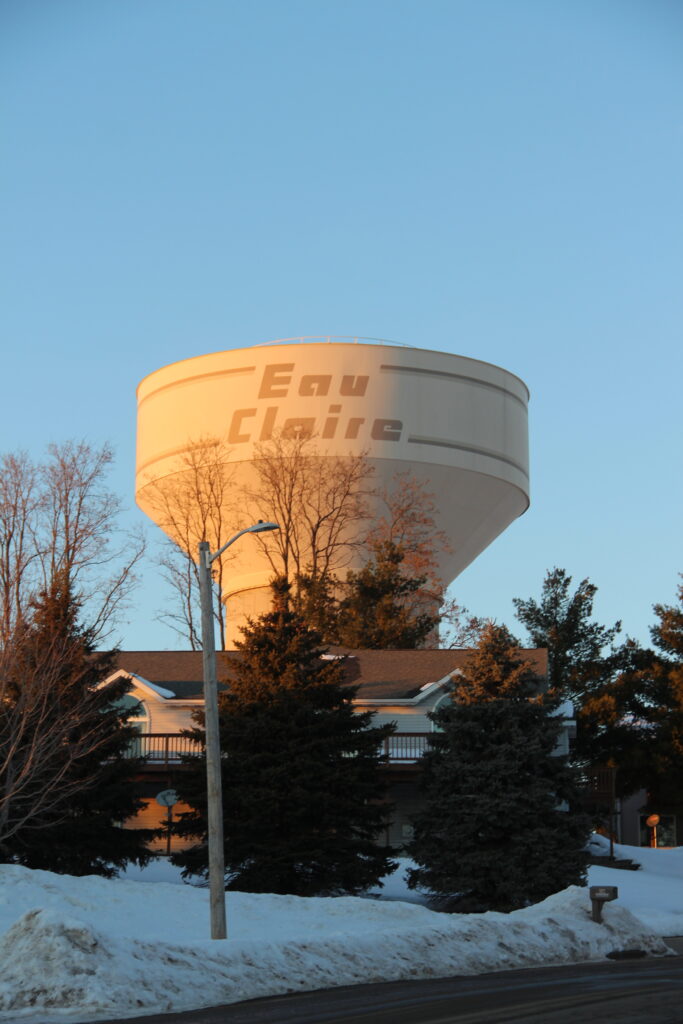We have many uses for our water, preserving our local beauty and environment and satisfying residential and industrial uses. In the face of changing climatic and development pressures, we must preserve and promote our essential rights as residents and stewards of a seemingly bountiful resource. However, as global uncertainty and shortages arise, we cannot take our geography nor our climate future for granted.
Unprecedentedly low river levels have halted or severely reduced water traffic in once unthinkable locations across Europe, Asia and North America. This summer (2022), Midwestern droughts caused Mississippi river levels to drop enough to halt barge and cruise traffic (1,2). Across Europe, low river levels not seen in centuries have halted river traffic and affected the environment on the Danube and Rhine rivers and many others (3,4). This is both a warning for Eau Claire’s possible climatic future and an alert to the current pressures that make water decisions around the world. Oil produced domestically is priced and sold in international markets, not domestic ones. There is no “local oil”. The concept of “local water” and local water management must not be taken for granted. Decisions regarding our water’s future must embody the sharing of the rights and responsibilities of the people and environment of the region.
Comprehensive Water Planning, integrated with land use and development planning, is a tool to help us manage the uncertainties and risks of our natural resources and ensure a health legacy for our generations to come. The comprehensive planning process assesses current status and capacities, anticipates future needs and challenges, sets goals, and creates policies and monitoring to see those goals are met.
A comprehensive plan for area water resources should include:
- Aquifer and groundwater modeling:
- With aquifer and groundwater modeling we can assess how changes in land use, high capacity wells, and climate affect our water budget, measure the effect of groundwater withdrawal on water levels and biosystems and better manage our surface water and groundwater
- Water Quality Monitoring:
- Nearly half of the Eau Claire municipal wells are offline due to PFAS/PFOS (“forever chemicals”) contamination. Agricultural runoff and lead piping also require constant monitoring, abatement planning and management to maintain a safe potable water supply.
- City and area growth projections:
- When creating a comprehensive plan, a key component is monitoring and forecasting city and area growth. This allows us to manage our water resources and project the resources we will need in the future. It also helps us appropriately target conservation initiatives.
- Climate change projection impacts
- Our world is changing and climate change is undeniable. We must change our practices with the world around us. Whether we are faced with drought or floods or demands from water scarce areas or water bottling companies, we must be prepared to work with whatever mother nature throws at us.
- Regional water issue impacts
- Each Claire has been faced with various water issues in the past such as well contamination, residential well failures, surface water subsidence and water rate inequity. Monitoring and keeping our water supply save and equitable is vital to maintaining our water resources for current and future generations.
- Analysis and consideration of rate structures
- All of the assessment and planning activities mentioned above require community input, the time of skilled technicians and planners and financial resources for monitoring, testing and remediation of problems as they occur, not just once, but in an ongoing sustainable manner.
- Our water services rate structures should be equitable and support the mission of a clean dependable water supply and a healthy, resilient aquifer, now and in the future.
Here is the US Geological Survey’s Guide to groundwater planning.
The USGS offers a model for groundwater planning, laying out these key steps:
- Review preplanning actions – educate and inform citizens, decision makers and planners about ground water priorities
- Inventory groundwater data and analyze trends – include water sources and uses, geology and aquifer structure, contaminant challenges, and existing protection policies
- Develop groundwater goals, objectives and policies – examine water issues and opportunities from the viewpoint of housing, transportation, economic and agricultural development, natural resources and cultural needs
- Prioritize policies – rank policies, develop timelines and progress milestones and responsible parties for implementation
- Decide on progress measures – once policies are ordered and timelines established, progress toward policy goals can be measured and financial resources used in implementation can be tracked




